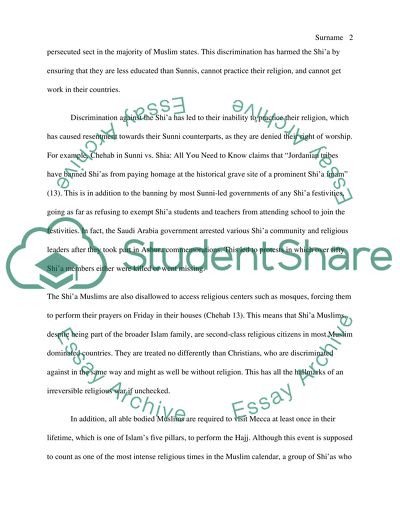Cite this document
(“Harmful Effects of Anti-Shia Discrimination Article”, n.d.)
Harmful Effects of Anti-Shia Discrimination Article. Retrieved from https://studentshare.org/religion-and-theology/1495210-proposal-essay
Harmful Effects of Anti-Shia Discrimination Article. Retrieved from https://studentshare.org/religion-and-theology/1495210-proposal-essay
(Harmful Effects of Anti-Shia Discrimination Article)
Harmful Effects of Anti-Shia Discrimination Article. https://studentshare.org/religion-and-theology/1495210-proposal-essay.
Harmful Effects of Anti-Shia Discrimination Article. https://studentshare.org/religion-and-theology/1495210-proposal-essay.
“Harmful Effects of Anti-Shia Discrimination Article”, n.d. https://studentshare.org/religion-and-theology/1495210-proposal-essay.


